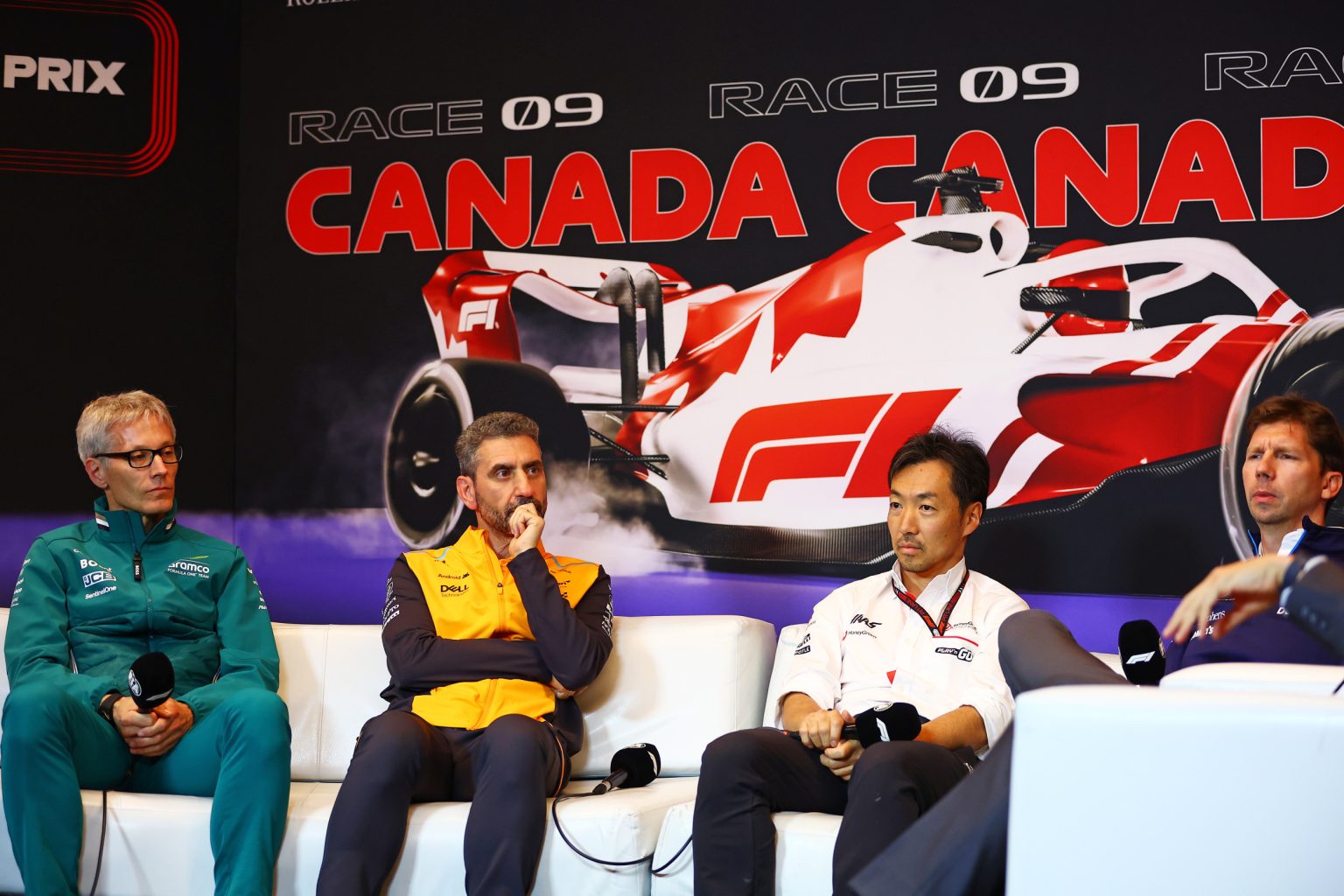In Montreal, Formula 1 team bosses are holding a crucial meeting to discuss the upcoming 2026 rule changes with F1 CEO Stefano Domenicali. The proposed changes for the 2026 season include significant modifications to car design and power unit capabilities. However, there are concerns among the teams regarding potential reductions in downforce and the ability of the cars to maintain their current speeds. The FIA aims to revolutionize car aerodynamics and enhance power unit efficiency through these changes, which are set to bring a historic shift in Formula 1’s engineering ethos.
One of the main issues being discussed is the reliability of battery power in the new aerodynamics design. Teams are worried that insufficient battery performance might disrupt races and lead to unexpected strategy shifts. Additionally, the FIA has set ambitious goals to reduce the cars’ weight by 30 kilograms while incorporating heavier batteries. Teams are skeptical about meeting this target as it may increase costs due to the need for advanced materials and engineering solutions. The technical complexities of the new regulations, including the implementation of active aerodynamics, are presenting challenges for the teams as they try to understand the operational mechanics and potential impact of these changes.
The regulatory timelines for finalizing the new regulations are tight, with the FIA aiming to lock them down by the end of the month. Failure to meet the June 30 deadline could result in a setback in the introduction of the new rules unless unanimous consent is achieved among the teams, as stipulated by Article 18.2.4 of the FIA’s International Sporting Code. While some factions are proposing a postponement of the finalization until October for additional tweaks, others are adamant about sticking to the predetermined timeline. Lewis Hamilton and Williams’ Alex Albon shared their thoughts during the Drivers’ Press Conference in Canada, expressing concerns about the potential decrease in car speeds and the need for further work to ensure efficient and fast racing with the new regulations.
The implementation of an active aerodynamics system, which includes a dual-state aerodynamic strategy with modes for enhanced downforce and reduced drag, is eagerly anticipated by the teams. They are keen on understanding how this system works and its potential impact on racing. The 2026 rule changes mark a significant shift in Formula 1 engineering ethos, with a focus on revolutionizing car aerodynamics and enhancing power unit efficiency. As the teams gather in Montreal to deliberate on these changes, they are facing challenges related to battery performance, weight reduction targets, and meeting the stringent regulatory timelines set by the FIA. The outcome of these discussions will shape the future of Formula 1 racing and determine the direction of the sport for the 2026 season and beyond.








